Best lenses for travel photography in 2022: perfect all-in-one superzooms
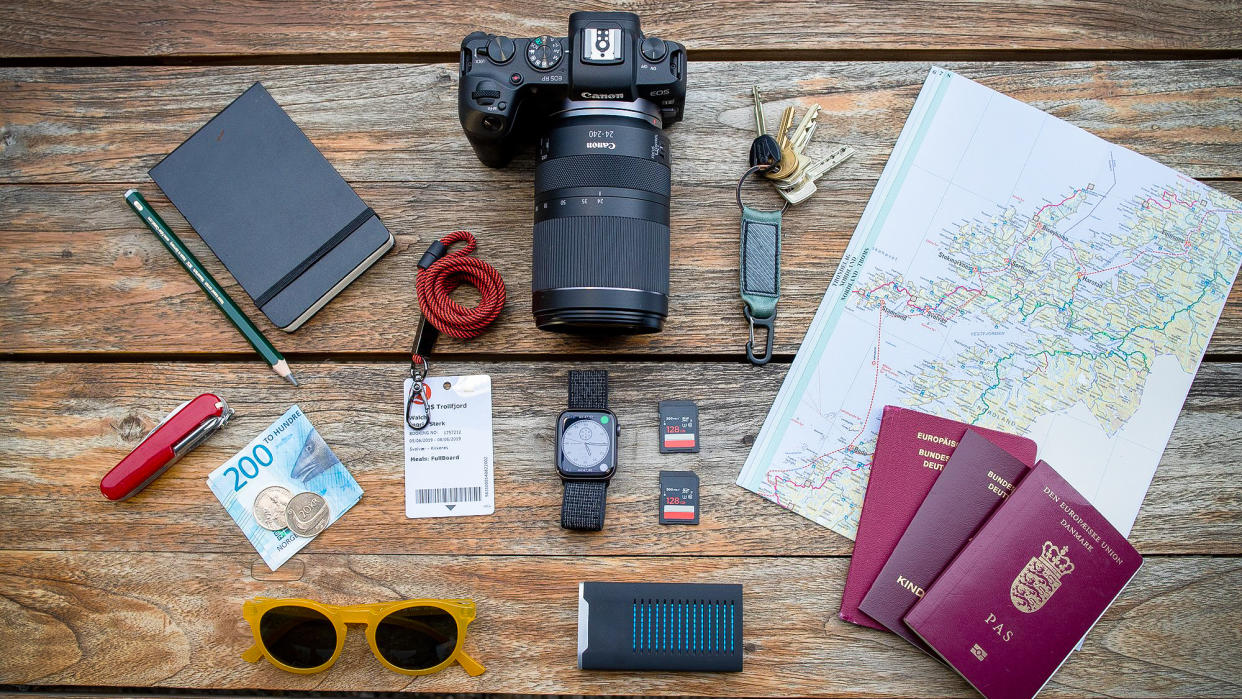
The best lenses for travel photography will let you get the shots you want without weighing you down. For a lot of photographers that will mean consolidating your lenses down to a single lens and for all round versatility, a ‘superzoom’ lens perhaps the best lens for traveling.
More lens guides
• What are the best camera lenses to buy?
• Best lenses for astrophotography
• Best lenses for bird photography`
• Best Canon lenses
• Best Fujifilm lenses
• Best Nikon lenses
• Best Olympus lenses
• Best Panasonic lenses
• Best Pentax lenses
• Best Sony lenses
We all love to travel. And when we’re not traveling (which has been most of us of late), we’re probably dreaming about the next trip. And in amongst all that planning, you might be thinking about the best camera kit to take. We’ve already got a guide to the best cameras for travel, but if you’ve got a DSLR or a mirrorless camera, you need to work out what lenses to take too. And this is where the superzoom lens comes into its own. These are lenses with extra-long zoom ranges that do the job of a standard zoom lens and a telephoto zoom combined.
That means that you should have most bases covered. A superzoom should offer a focal length wide enough to capture breath-taking vistas, but offer enough magnification to fill the frame with tight details of buildings and captivating portraits.
When picking a superzoom lens, it’s tempting to go for the biggest zoom range you can get your hands on. However, such lenses tend to be quite large and weighty. They’re generally more convenient and less heavy than a combination of standard and telephoto zoom lenses but, when you want to travel light or go on walkabout, it’s nicer to have something smaller and more lightweight dangling off your camera strap.
Considering the 1.5x crop factor of most APS-C cameras (1.6x for Canon), a zoom range of around 18-200mm is generally more ideal. This gives you similar wide-angle coverage as from a standard zoom, while stretching your telephoto reach to 300mm in full-frame terms (320mm for Canon). Overall, you’ll get a very generous zoom range in a compact package. Choices are more limited for Canon and Nikon full-frame SLRs. Canon’s EF 28-300mm f/3.5-5.6L IS USM is a pricey heavyweight, while Nikon’s AF-S 28-300mm f/3.5-5.6G ED VR only delivers mediocre image quality. However, both companies have developed attractive and travel-friendly superzooms for their recent mirrorless full-frame cameras.
Is a superzoom the only lens you will need? If you like cities, architecture and culture, we’d suggest having a look at the best ultra-wide lenses too.
Ultra-wide shots aside, though, a superzoom should be able to take care of every other kind of subject. Let’s take a closer look at the best buys for a whole host of different camera brands. Remember, we’re choosing the best lenses for travel, so we’re not just looking at outright zoom range, but at portability, weight and performance too.
Best lenses for travel photography in 2022
Canon
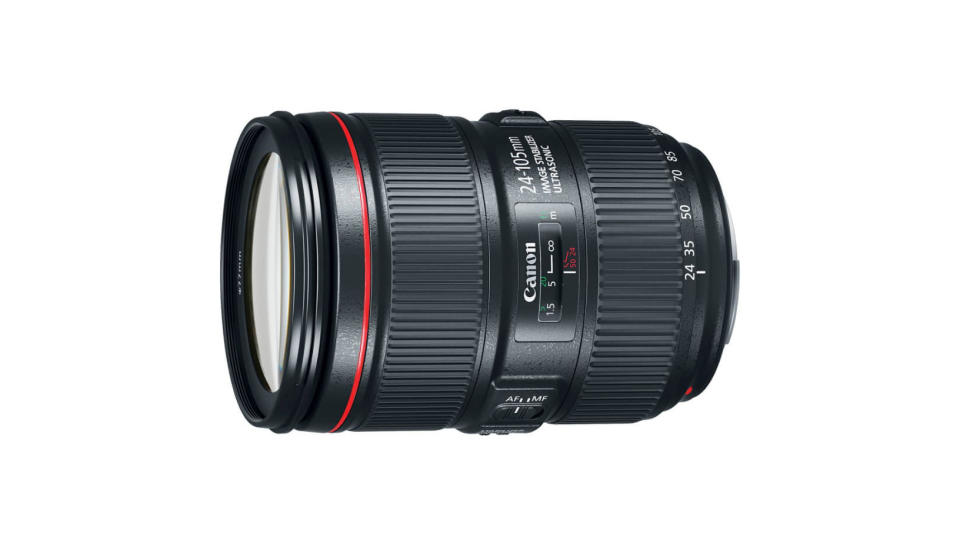
Canon EF 24-105mm f/4L IS II USM
Best travel lens for full-frame Canon DSLRs
Effective zoom range: 24-105mm | Lens construction: 17 elements in 12 groups | No. of diaphragm blades: 10 blades | Minimum focus distance: 0.45m | Filter size: 77m | Dimensions: 84x118mm | Weight: 795g
Extensive weather-seals
Four-stop image stabilizer
Constant aperture value
Barrel distortion
Canon does make a proper full-frame superzoom travel lens - the EF 28-300mm f/3.5-5.6L IS USM - so why have we picked this 24-105mm instead? Quite simply, this is a better travel lens. At 795g, it's less than half the weight of the 28-300mm, so is much more travel-friendly, and it's also about half the price. That still doesn't make it cheap, but at least you can feel a little less conspicuous.
The new Mk II version of the EF 24-105mm f/4L IS has been redesigned to be tougher and more resistant to shock and vibration, and it features fluorine coatings on the front and rear elements. More importantly, the optics have been revamped, with the aim of improving sharpness across the whole image frame, throughout the zoom range.
Barrel distortion from the preceding 24-105mm lens was notoriously bad at the short end of the zoom range, but the Mk II performs a little better. It’s also a bit sharper, autofocus is a little quicker and bokeh is smoother, thanks to the fitment of ten, rather than eight, diaphragm blades. Overall, however, each of the improvements is quite subtle rather than making a hugely noticeable difference.
Read the full Canon EF 24-105mm f/4L IS II USM review
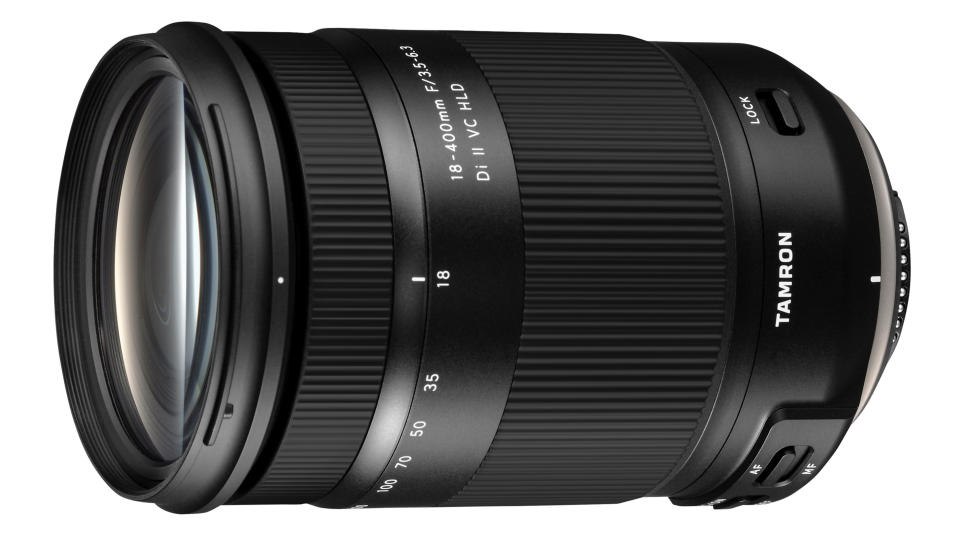
Tamron 18-400mm f/3.5-6.3 Di II VC HLD
Best travel lens for APS-C Canon DSLRs
Effective zoom range: 27-600mm | Lens construction: 16 elements in 11 groups | No. of diaphragm blades: 7 | Minimum focus distance: 0.45m | Filter size: 72mm | Dimensions: 79x121.4mm | Weight: 705g
Decent sharpness for a superzoom
Customisation via optional console
Built-in vibration control
Fringing at 300-400mm
No distance scale on lens barrel
There's nothing that can beat this lens for sheer focal length flexibility when shooting with an APS-C Canon DSLR. It's now one of a decreasing range of superzoom lenses, as Tamron has discontinued our old favorite 16-300mm option. This 18-400mm is bigger, heavier and more expensive, but it does perform rather well, considering its massive 22x zoom range. Its 710g heft is also fair when you consider what a vast focal range this lens covers, and it includes a moisture-resistant construction with a number of weather seals, including one around the metal mounting plate.
Read more: Tamron 18-400mm f3.5-6.3 Di II VC HLD review
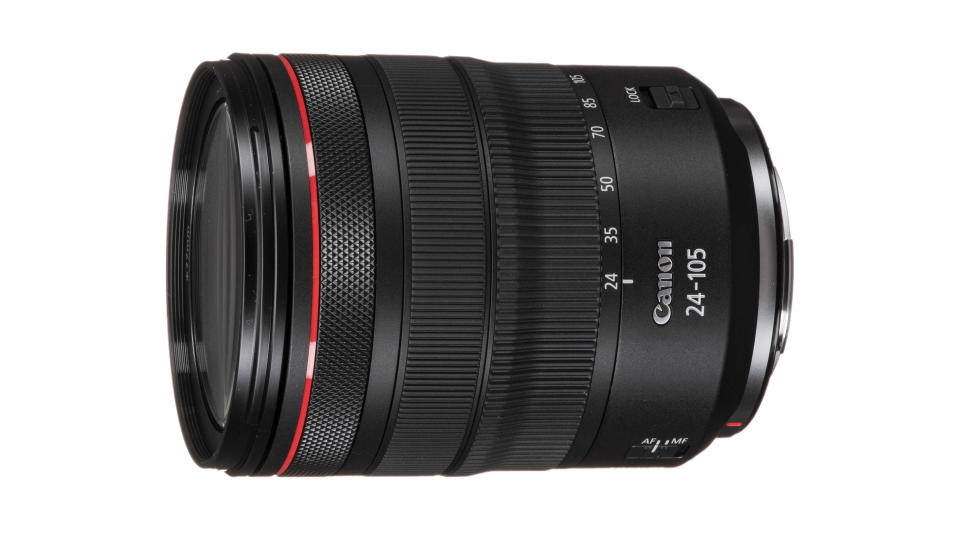
Canon RF 24-105mm f/4L IS USM
The best travel lens for Canon EOS R mirrorless cameras
Mount: Canon RF | Autofocus: Ultrasonic (nano) | Optical stabilizer: 5-stop | Minimum focusing distance: 0.45m | Maximum magnification ratio: 0.24x | Filter size: 77mm | Dimensions: 83.5x107.3mm | Weight: 700g
Five stops of image stabilisation
Compact and lightweight
Minor barrelling and pincushioning
Very minor fringing
Just as in the DSLR camp, Canon offers two 24-105mm ‘RF’ lenses for its range of EOS R-series mirrorless cameras. There's the relatively compact and lightweight variable f/4-7.1 option, and the more up-market L-series f/4 lens that we'll be looking at here. It's sharp across the board while the autofocus performance is very good when paired with the advanced AF systems of the EOS R6 and EOS R5. There's also the excellent 5-stop image stabilization system that when paired with these two latest cameras and their in-body stabilization systems delivers up to 7.5-stops of compensation. Perfect when you're travelling and can't always shoot with a tripod.
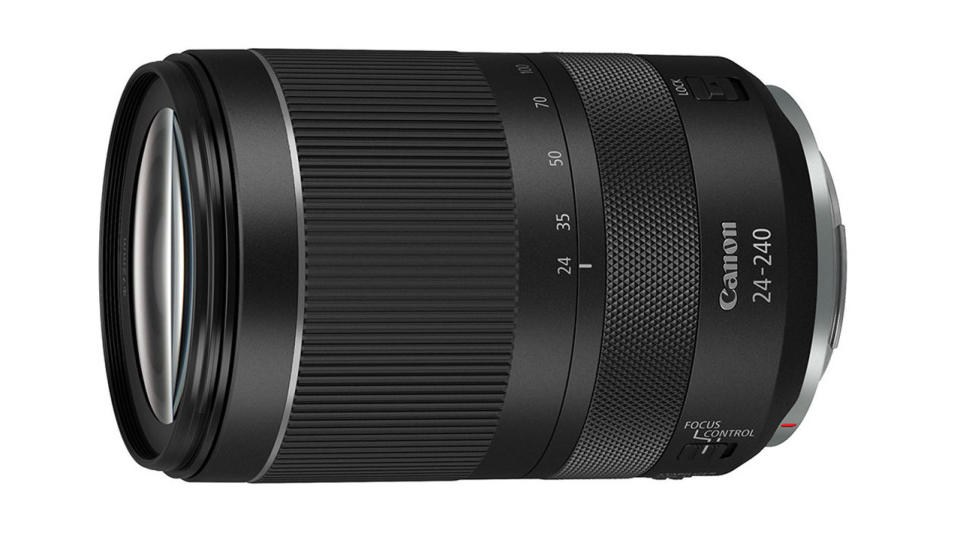
Canon RF 24-240mm f/4-6.3 IS USM
The best superzoom lens for Canon's EOS R-series mirrorless cameras
Mount: Canon RF | Autofocus: Ultrasonic (nano) | Optical stabilizer: 5-stop | Minimum focusing distance: 0.5m | Maximum magnification ratio: 0.26x | Filter size: 72mm | Dimensions: 80x123mm | Weight: 750g
Fast and virtually silent autofocus
5-stop image stabilizer
Hood not included
Massive distortion if uncorrected
If you're an EOS R-series shooter and want something with a longer focal range than the Canon's two 24-105mm options, then you're in luck as there’s also a superzoom option that isn’t overly big and heavy, and doesn’t cost silly money. It comes in the shape of the RF 24-240mm, which squeezes a very useful 10x zoom range into a reasonably lightweight and weather-sealed build. Further attractions include a Nano USM autofocus system which is super-fast for stills and enables smooth and virtually silent focus transitions during movie capture, and a highly effective 5-stop image stabilizer. At the short end of the zoom range, color fringing can be noticeable and barrel distortion is massive, but both of these aberrations are corrected in-camera by default, and when processing raw files. With this lens, Canon is combining optical and digital corrections rather than relying on optical corrections alone.
Nikon
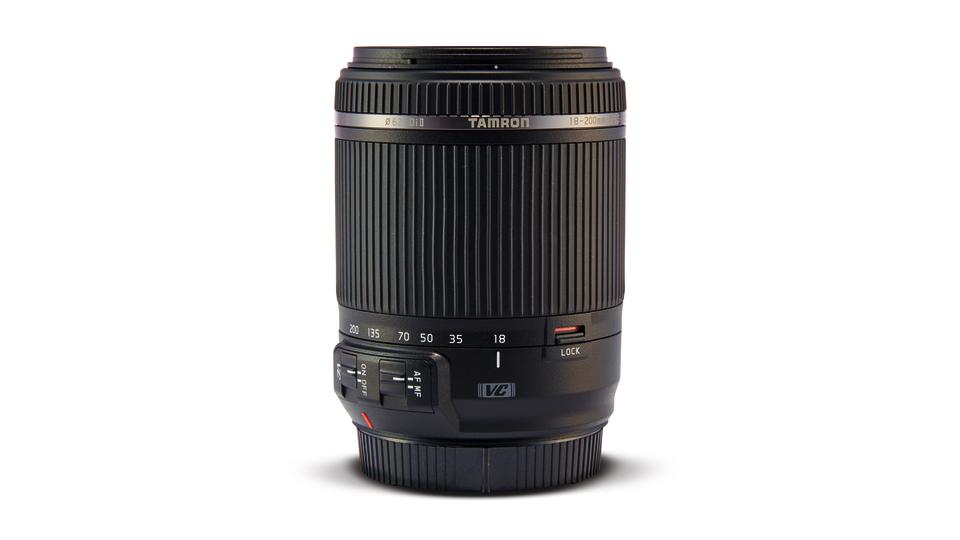
Tamron 18-200mm f/3.5-6.3 Di II VC
This is the travel lens we'd recommend for Nikon DX format DSLRs
Effective zoom range: 27-300mm | Lens construction: 16 elements in 14 groups | No. of diaphragm blades: 7 | Minimum focus distance: 0.49-0.77m | Filter size: 62mm | Dimensions: 75x97mm | Weight: 400g
Compact and lightweight
Solid and durable construction
Low price
Soft edges wide open at 100mm
No full-time manual focus override
Our old favorite travel lens for Nikon DX DSLRs used to be the AF-S DX 18-200mm f/3.5-5.6G ED VR II, but since Nikon has discontinued that lens, this Tamron equivalent is the next best thing. It's even lighter, at just 400g, and is just as small, measuring 75x97mm. That makes it an ideal, unobtrusive travel companion.
Part of the weight-saving is due to it having a plastic rather than metal mounting plate, but it nevertheless includes a weather-seal ring and the overall construction feels solid and durable. Sharpness is better than from Tamron's older 18-270mm lens - the only caveat being that corner-sharpness can be a little lacklustre when shooting at 100mm using the widest available aperture.
Read the full Tamron 18-200mm f/3.5-6.3 Di II VC review
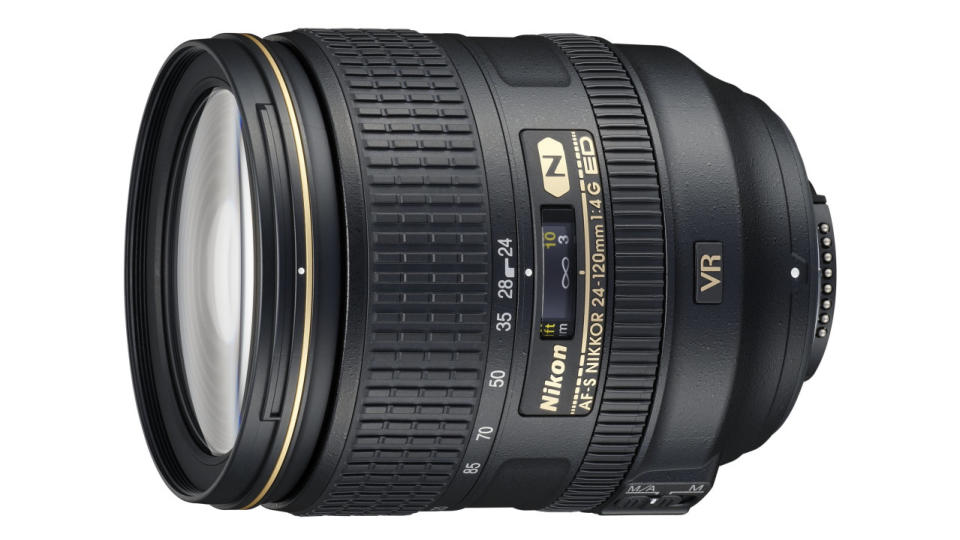
Nikon AF-S 24-120mm f/4G ED VR
The ideal travel lens for full-frame Nikon FX format DSLRs
Mount: Nikon F FX | Autofocus: Ultrasonic (ring) | Optical stabilizer: 3.5-stop | Minimum focusing distance: 0.45m | Maximum magnification ratio: 0.24x | Filter size: 77mm | Dimensions: 84x104mm | Weight: 710g
Extra wide-angle coverage
Impressive handling and image quality
Relatively limited zoom range
Lacks long telephoto reach
Nikon and Tamron have both manufactured 28-300mm superzoom lenses for many years, offering a travel-friendly option for Nikon full-frame SLRs. There’s not a lot to choose between them for handling, image quality and all-round performance. Both are good rather than great. To make the most of Nikon’s recent full-frame SLRs, it pays to set your sights rather lower in terms of zoom range, and to go for quality instead. The latest edition of Nikon’s 24-120mm VR is our first choice. It’s relatively compact and has excellent handling characteristics. It also gives you more a generous wide-angle perspective at the short end of the zoom range. The flipside, naturally, is that you’ll lose out on powerful telephoto reach, but that's often less useful than you expect anyway.
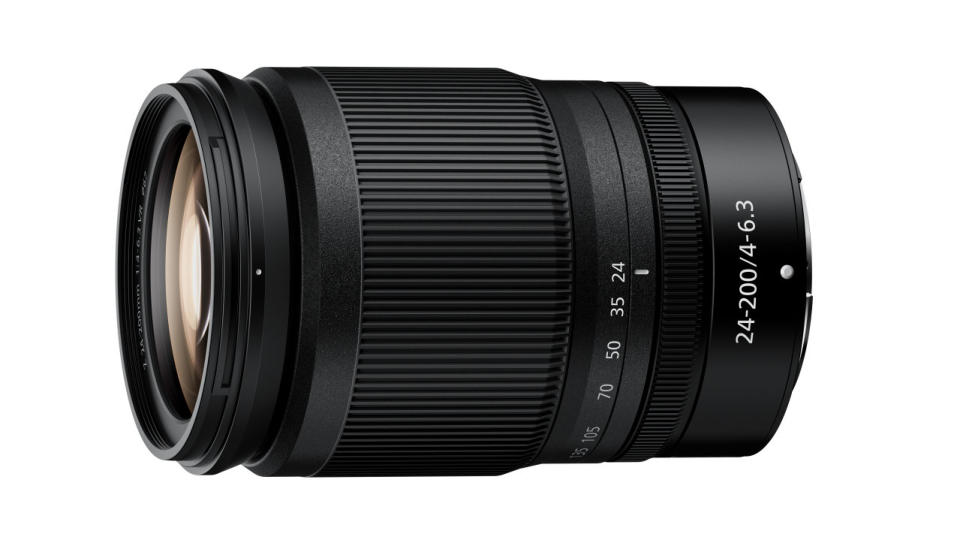
Nikon Z 24-200mm f/4-6.3 VR
Easily the best travel lens for full frame Nikon Z mirrorless cameras
Mount: Nikon Z FX | Autofocus: Stepping motor | Optical stabilizer: 4.5-stop | Minimum focusing distance: 0.5-0.7m | Maximum magnification ratio: 0.28x | Filter size: 67mm | Dimensions: 77x114mm | Weight: 570g
Remarkably compact and lightweight
Good zoom range
Not on sale yet, but available for pre-order
Pricey
Typically narrow aperture at full zoom
The list of travel-friendly credentials for this soon-to-be-launched lens is long and impressive. It’s particularly compact and lightweight for a full-frame lens that boasts such an extensive zoom range, yet has a sturdy construction that includes comprehensive weather-seals and a fluorine coating on the front element to repel moisture and grease. Image quality benefits from the inclusion of two aspherical elements, one aspherical ED (Extra-low Dispersion) element and two further ED elements. Nikon’s high-tech ARNEO coating is also applied to minimize ghosting and flare. Not just for stills, the stepping motor-driven autofocus system enables smooth focus transitions during movie capture, along with minimal focus breathing and focus shift when zooming. Ideal, for full-frame Z-series cameras, the lens is also an interesting travel choice for the Z 50, where this camera's 1.5x crop factor gives this lens an effective zoom range of 36-300mm.
Fujifilm
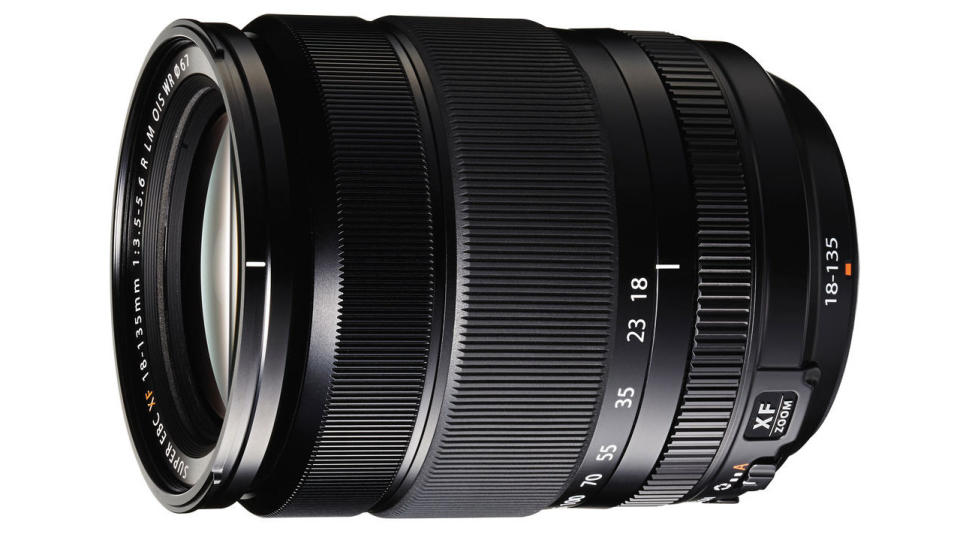
Fujifilm 18-135mm f/3.5-5.6 WR LM R OIS
The best travel lens option for Fujifilm X-mount cameras
Mount: Fujifilm X | Autofocus: Stepping motor | Optical stabilizer: 5-stop | Minimum focusing distance: 0.45m | Maximum magnification ratio: 0.27x | Filter size: 67mm | Dimensions: 76x98mm | Weight: 490g
Useful 27-206mm effective zoom range
Great handling and 5-stop stabilizer
Lack powerful telephoto reach
From Fujifilm’s acclaimed XF stable of lenses for its APS-C format mirrorless X-mount cameras, this one has an impressive string of letters after its name. It’s a WR (Weather-Resistant) lens with no less than 20 areas of sealing in its construction. It features a fast and virtually silent LM (Linear Motor) autofocus system that’s super-fast for stills and smooth for movie capture. Handling is enhanced by the ‘R’ control ring, and it has a particularly effective 5-stop OIS (Optical Image Stabilizer). Quality glass includes four aspherical elements and two ED (Extra-low Dispersion) elements. The 7.5x zoom range is a little limited compared with some other travel lenses on the market but this helps to enable a relatively compact construction. Image quality is very impressive overall, although corner-sharpness is a little mediocre towards both ends of the zoom range.
Olympus and Panasonic
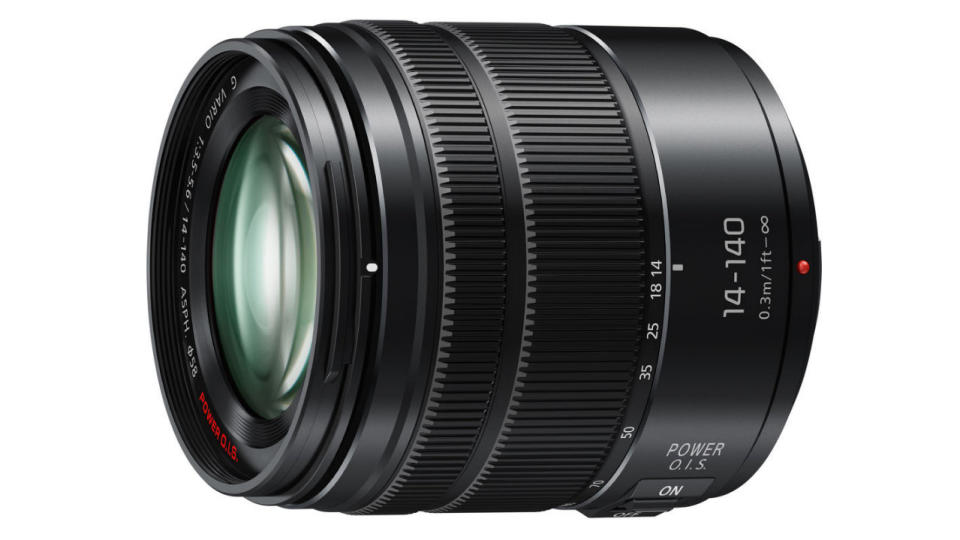
Panasonic LUMIX G VARIO 14-140mm f/3.5-5.6 II ASPH Power OIS
MFT cameras are perfect for travel photography, and so is this lens!
Mount: Micro Four Thirds | Autofocus: Stepping motor | Optical stabilizer: 4-stop | Minimum focusing distance: 0.3-0.5m | Maximum magnification ratio: 0.25x | Filter size: 58mm | Dimensions: 67x75mm | Weight: 265g
Super-small and lightweight
10x zoom range, optical image stabilizer
Olympus 12-200mm goes even longer!
Micro Four Thirds format travel zooms from Olympus include the budget-friendly 14-150mm II and the up-market 12-200mm. They’re both very desirable lenses but we prefer this Panasonic option, which splits the two Olympus zooms for selling price, while adding a highly effective 4-stop optical image stabilizer. Thanks to the 2x crop factor of Micro Four Thirds cameras, the effective zoom range is 28-280mm in full-frame terms, thereby nearly matching 18-200mm lenses on APS-C format cameras. It delivers this in a remarkably compact package that weighs a mere 265g. That’s only about half the weight of some APS-C format 18-200mm lenses, making the Panasonic particularly travel-friendly. Even so, it packs a fast autofocus system and quality glass, including three aspherical elements and two ED (Extra-low Dispersion) elements. For a superzoom lens, sharpness is both very good and highly consistent throughout the entire zoom range.
Sony
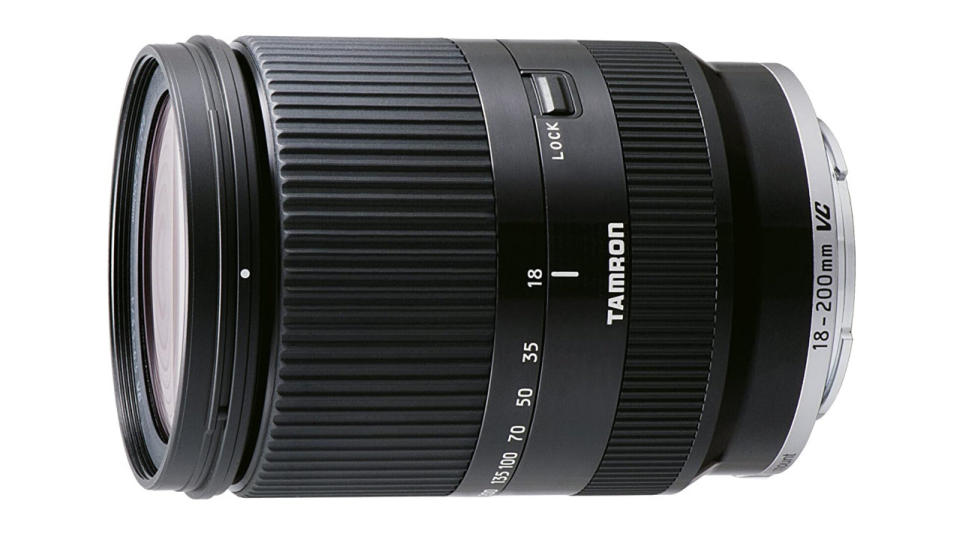
Tamron 18-200mm f/3.5-6.3 Di III VC
The best travel lens option for Sony APS-C mirrorless camera owners
Mount: Sony E | Autofocus: Stepping motor | Optical stabilizer: Yes | Minimum focusing distance: 0.5m | Maximum magnification ratio: 0.27x | Filter size: 62mm | Dimensions: 68x97mm | Weight: 460g
Powerful zoom range and stabilization
Good price against the Sony equivalent
Drop in sharpness at long zoom settings
Not the best value everywhere
This Tamron superzoom for APS-C format E-mount cameras is strikingly similar to Sony’s own-brand E 18-200mm f/3.5-6.3 OSS LE. They’re both exactly the same size and weight, as well as sharing the same minimum focus distance and maximum magnification factor, and they have the same 62mm filter thread. They also both feature stepping motor-based autofocus systems and optical image stabilization. All in all, the Tamron is a compact and lightweight lens with a powerful zoom range, ideal for travel photography. It’s neatly turned out with optional black or silver finishes, and delivers very good image quality. As with the Sony lens, sharpness drops off noticeably at the long end of the zoom range. The Tamron can be much less expensive than the Sony lens in the USA, making it rather better value, but the situation is reversed in some other countries, including the UK.
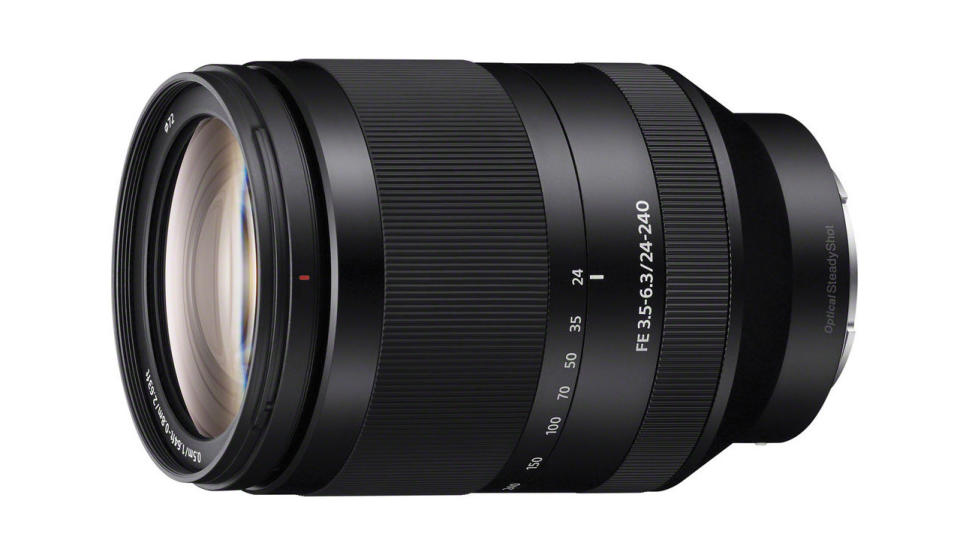
Sony FE 24-240mm f/3.5-6.3 OSS
The best choice of travel lens for full frame Sony mirrorless cameras
Mount: Sony FE | Autofocus: Stepping motor | Optical stabilizer: 3-stop | Minimum focusing distance: 0.5-0.8m | Maximum magnification ratio: 0.27x | Filter size: 72mm | Dimensions: 81x119mm | Weight: 780g
Powerful 24-240mm zoom range
Includes Optical SteadyShot
Lacks sharpness at longest zoom setting
Stabilization is good rather than great
Although fully compatible with Sony’s APS-C format E-mount cameras, on which this lens has an effective focal length of 36-360mm, this lens really comes into its own on full-frame bodies. It’s typically weighty for a full-frame format superzoom but doesn’t feel overly large and has refined handling. The 10x zoom range kicks off at 24mm, enabling a generously wide maximum viewing angle, and there’s good telephoto reach at the long end. Based on a stepping motor, the autofocus system is quick and quiet, while Optical SteadyShot gives a benefit of around 3-stops in beating camera-shake. The optical path includes no less than five aspherical elements, plus one ED (Extra-low Dispersion) element. Image quality is mostly very good for a superzoom lens although corner-sharpness is a little lacklustre at the short end of the zoom range, and overall sharpness drops off at the long end.
How we test lenses
We test lenses using both real world sample images and lab tests. Our lab tests are carried out scientifically in controlled conditions using the Imatest testing suite, which consists of custom charts and analysis software that measures resolution in line widths/picture height, a measurement widely used in lens and camera testing. We find the combination of lab and real-word testing works best, as each reveals different qualities and characteristics.
Read more:
• These are the best cameras for travel right now
• The best wide-angle lenses for your camera
• 10 travel photographers to follow while in lockdown
• The best tripods for travel
• The best camera bag for travel

